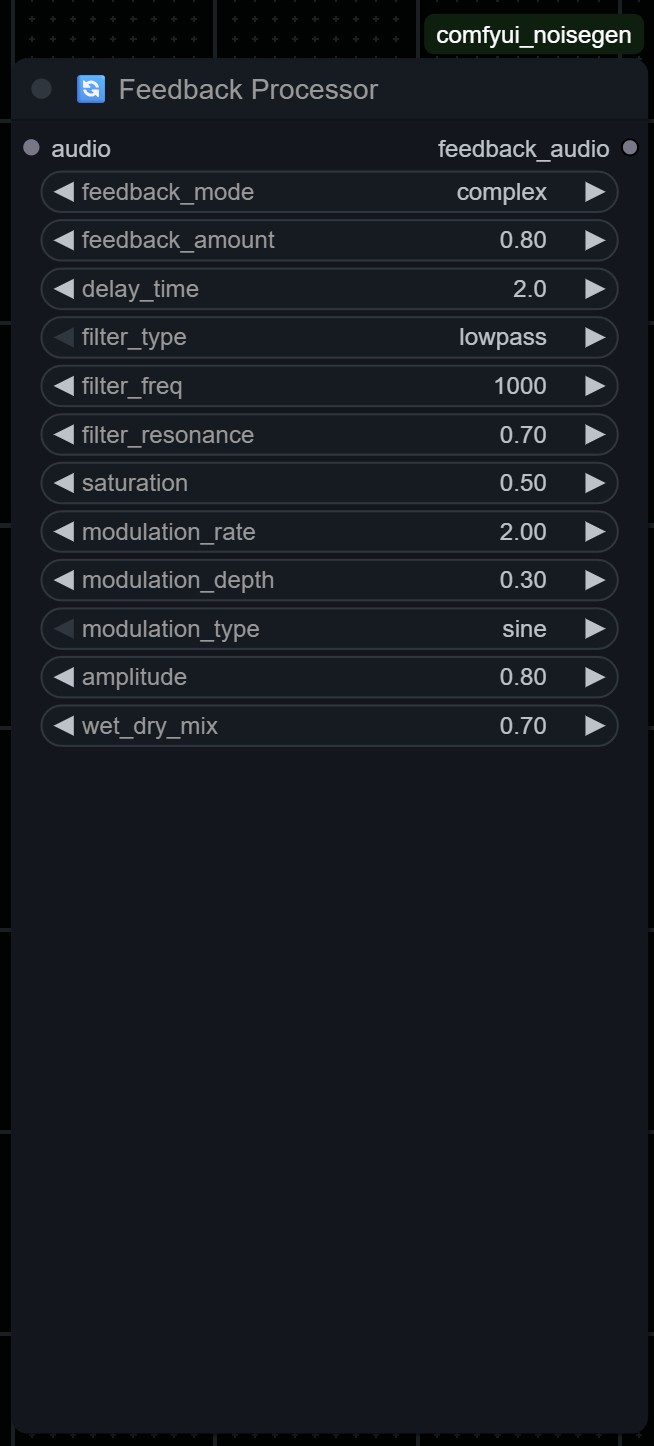DELAY RANGE
0.1ms - 5000ms
FEEDBACK AMOUNT
0% - 99.9%
SATURATION TYPES
6 Non-Linear Models
MODULATION SOURCES
LFO, Chaos, Envelope
FILTER TYPES
LP, HP, BP, Notch
PROCESSING
32-bit Float
